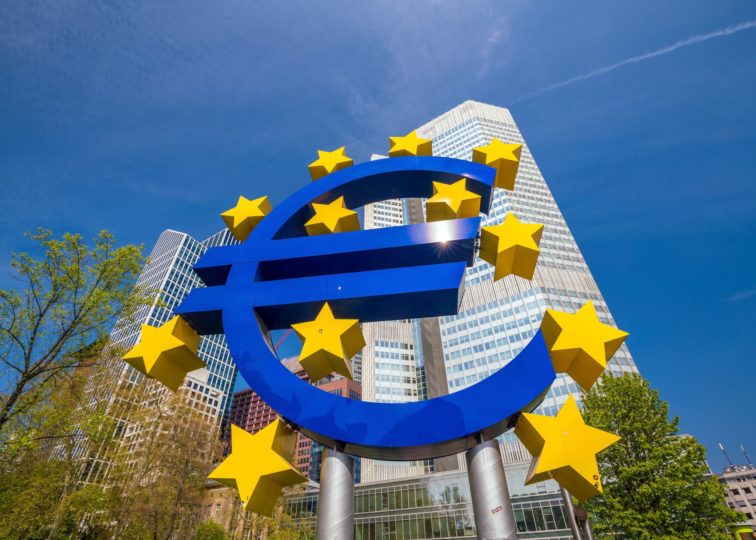
Blog
Europe and America’s Economic Divergence
October 31, 2023
Europe’s economy has lagged behind the U.S. since the pandemic, and the war in Ukraine has been a drag on the continent’s economic prospects, sending the trajectories for growth and inflation in diverging directions.
The European Union’s statistics agency has announced that the combined GDP of the EU’s 20 member nations fell by an annualized rate of 0.4% during the months between July and September, following an increase of 0.6% in the previous quarter.
That stands in stark contrast to the U.S.’s 4.9% annualized GDP growth seen in the third quarter, which was more than double the pace of growth seen in the previous quarter.
At the same time, it appears that consumer consumer inflation is easing the eurozone. Figures from Eurostat show that consumer prices were up 2.9% in October as compared to a year earlier, the lowest annual rate since July 2021. U.S. inflation, as tracked by the consumer price index (CPI) accelerated to 3.7%.
Economic growth in the eurozone has lagged behind the U.S. since the start of the global financial 2007, and the gap has only widened in the years since the Covid-19 pandemic. This divergence accelerated markedly after Russia’s invasion of Ukraine pushed energy and food prices sharply higher, straining consumers’ budgets. As a region that imports most of its energy, Europe has been harder hit by an increase in gas and electricity prices while the U.S., an energy exporter, has benefited to some extent. The switch in global spending from goods to services after the pandemic has also hit Germany, Europe’s manufacturing powerhouse, particularly hard.
The widening gap between Europe and the U.S.’s economic growth along with the continent’s more subdued inflation suggest that the European Central Bank’s interest rate increases are having a greater impact on the EU economy, which already faced more headwinds than the American economy. Some critics have argued that the ECB, by essentially matching the Federal Reserve’s rate hikes, will only widen the region’s lag behind the U.S. and further reduce per capita income.
Weakness in the EU could have implications for the broader global economy. EU imports from China in the first eight months of this year were down 15.4% from the same period in 2022, while imports from the U.K. were down 13.7%. Imports from the U.S. were little changed as Europe turned to America to replace natural gas that it no longer buys from Russia.
The outlook for the EU suggests a further lag on the horizon. Surveys of eurozone businesses released by S&P Global showed the largest decline in activity since November 2020, with new orders falling sharply and purchasing managers reporting the first reduction in employment since January 2021. By contrast, a similar survey of U.S. businesses pointed to a pickup in activity during October.
